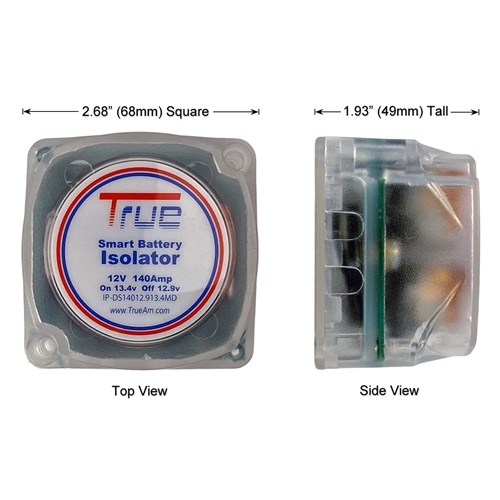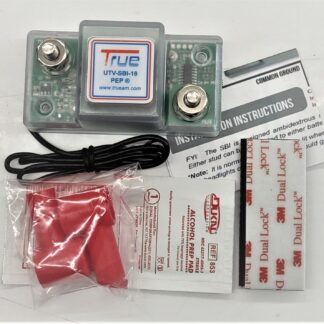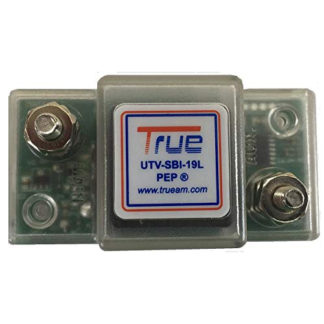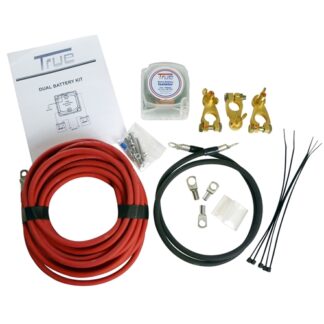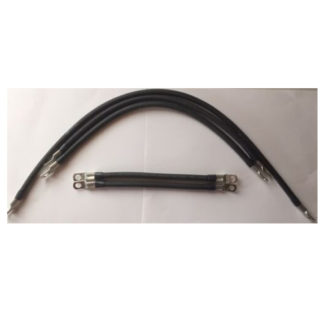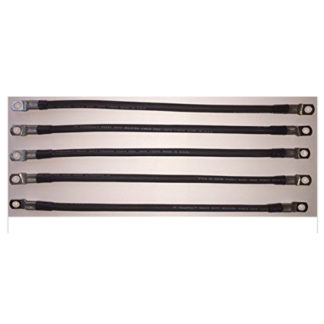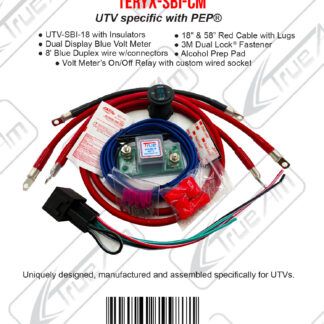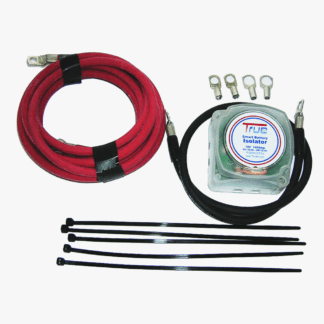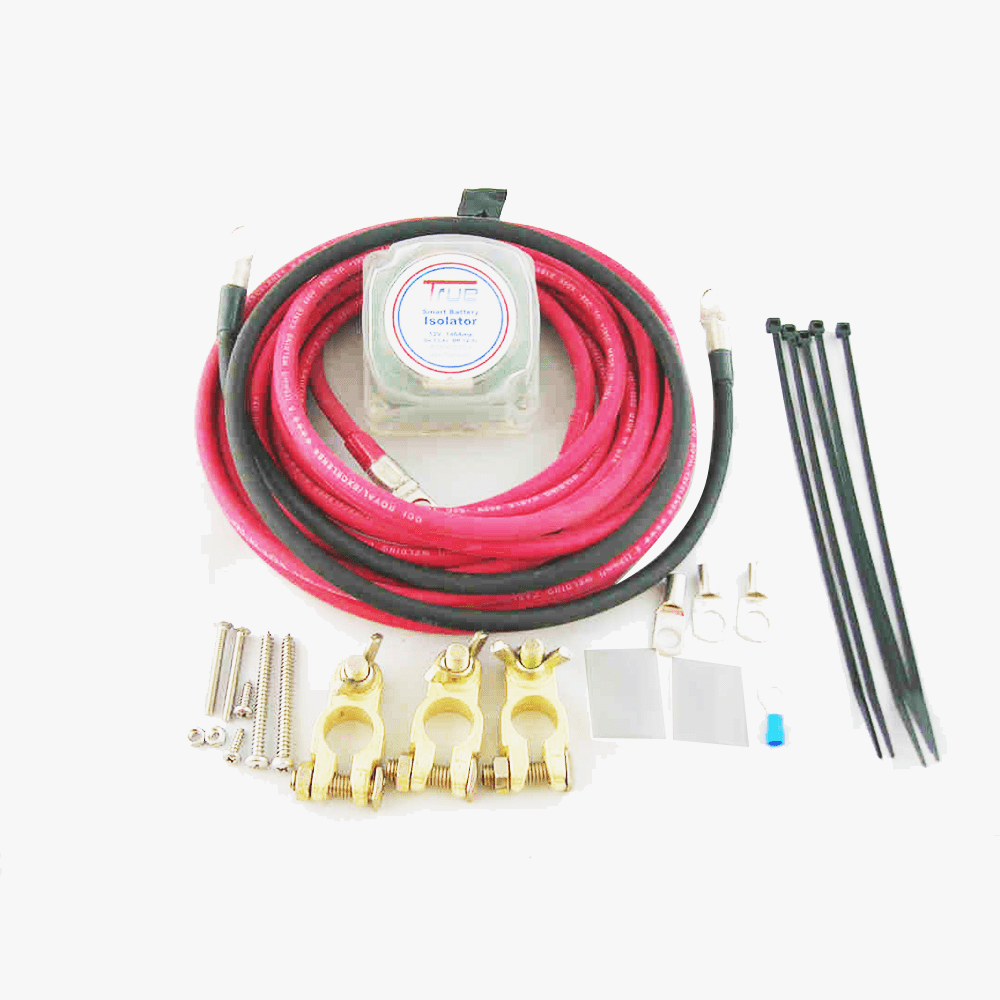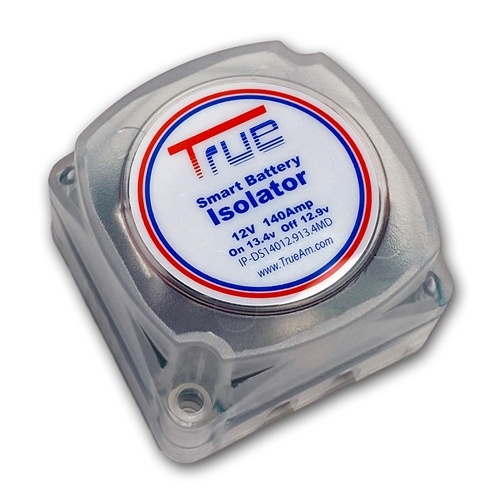
What is voltage sensitive relay?
A 12V voltage sensing relay (VSR), also known as a split-charging relay, is an electrical device designed to automatically manage the charging and isolation of multiple batteries in a vehicle or marine application.
Its primary function is to ensure that auxiliary or secondary batteries are charged when the primary or starting battery reaches a sufficient voltage level and to isolate them when the vehicle’s engine is not running or when the voltage drops below a certain threshold.
Here’s how does a voltage sensitive relay works:
- Charging: When the vehicle’s engine is running and the alternator is generating electricity, the voltage sensing relay monitors the voltage of the primary (starting) battery. Once the voltage of the primary battery reaches a preset threshold (usually around 13.4 to 12.9 volts), the relay engages or closes its contacts. This connection allows the alternator’s output to charge both the primary and auxiliary batteries simultaneously.
- Isolation: When the engine is turned off and the voltage of the primary battery drops below the preset threshold, the voltage sensing relay disengages or opens its contacts. This isolation prevents the auxiliary batteries from draining the primary battery when the engine is not running, ensuring that there is enough power to start the vehicle when needed.
The 12V Voltage sensitive relays are commonly used in applications such as recreational vehicles (RVs), boats, campers, UTV’s and other vehicles with multiple batteries. They provide a simple and automatic way to manage the charging and isolation of batteries without the need for manual intervention.
Voltage Sensitive Relay Wiring Diagram By True®
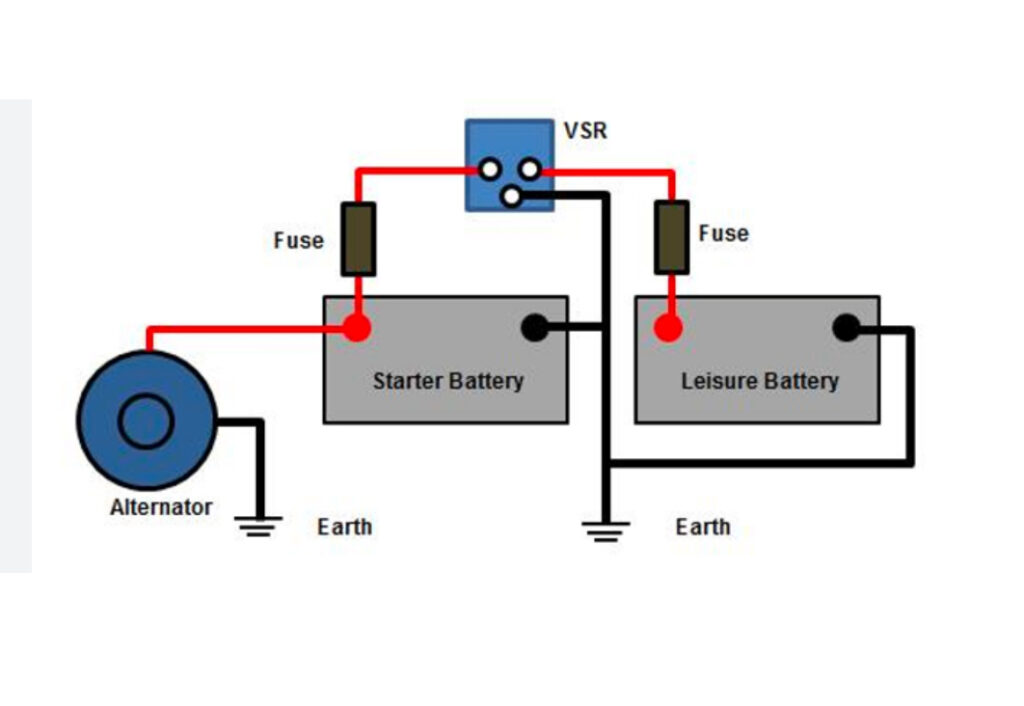
One of the advantages of 12V voltage sensitive relays is their ease of installation and operation compared to more complex battery isolator systems. They are typically reliable and cost-effective solutions for maintaining the charge of auxiliary batteries while protecting the primary battery from excessive discharge.
It’s important to note that the specific voltage thresholds and features of voltage sensitive relays may vary between models, so it’s essential to choose a VSR that suits the requirements of your particular electrical system and battery setup.
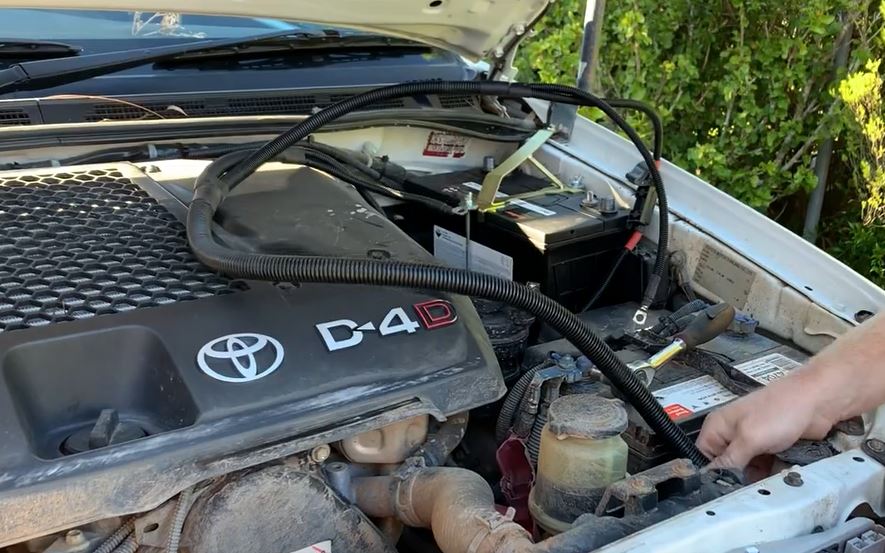
What is a voltage sensitive relay in car?
A Voltage Sensitive Relay (VSR), also called a Voltage Sensing Relay or a Battery Isolator Relay, is an electrical device that controls the charging of numerous batteries in a car or watercraft. Its principal role is to connect or disconnect batteries based on their voltage levels, preventing auxiliary systems from draining the primary (starting) battery and allowing both batteries to charge efficiently while the engine is running.


